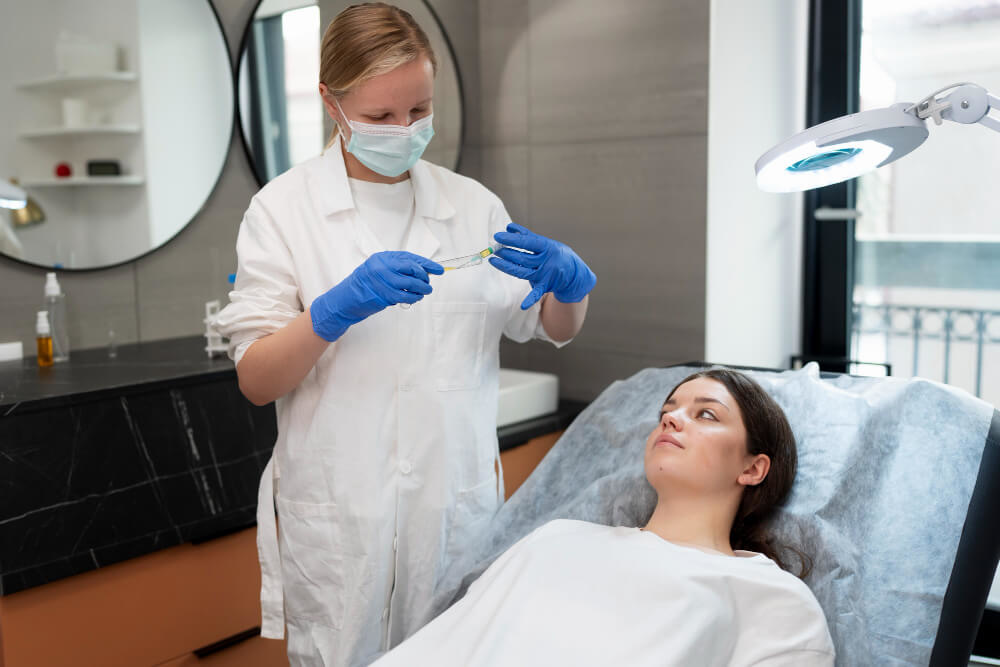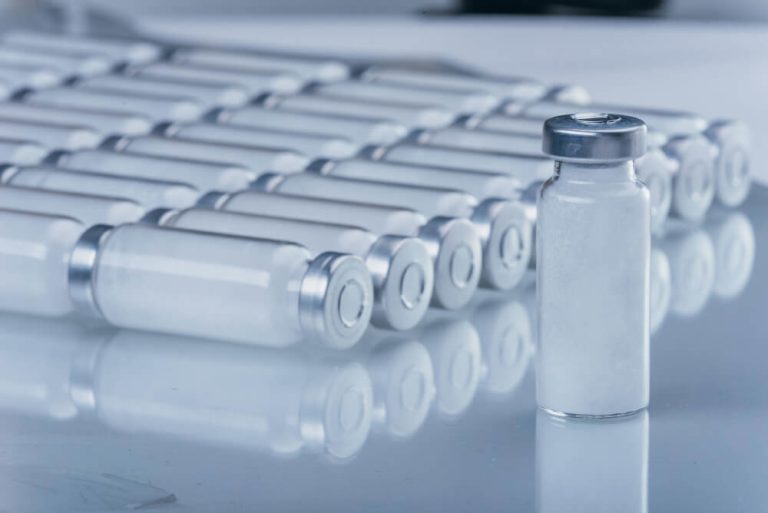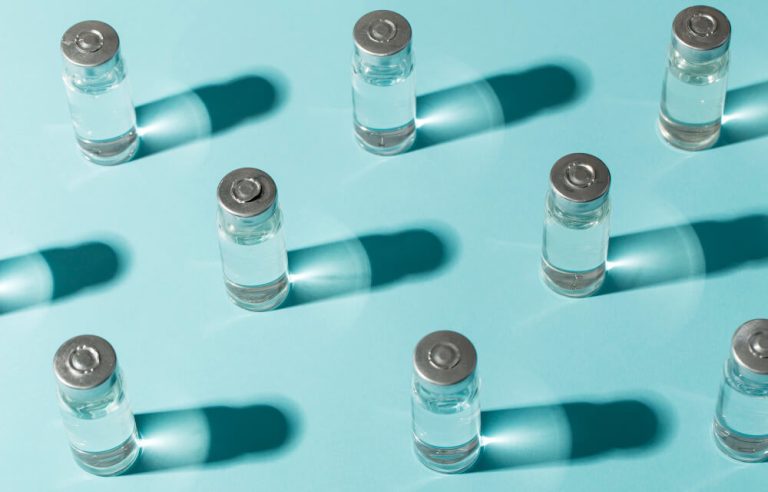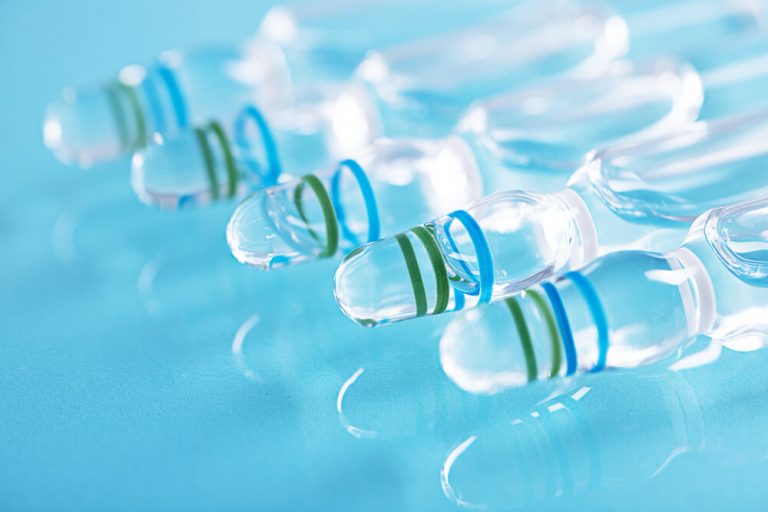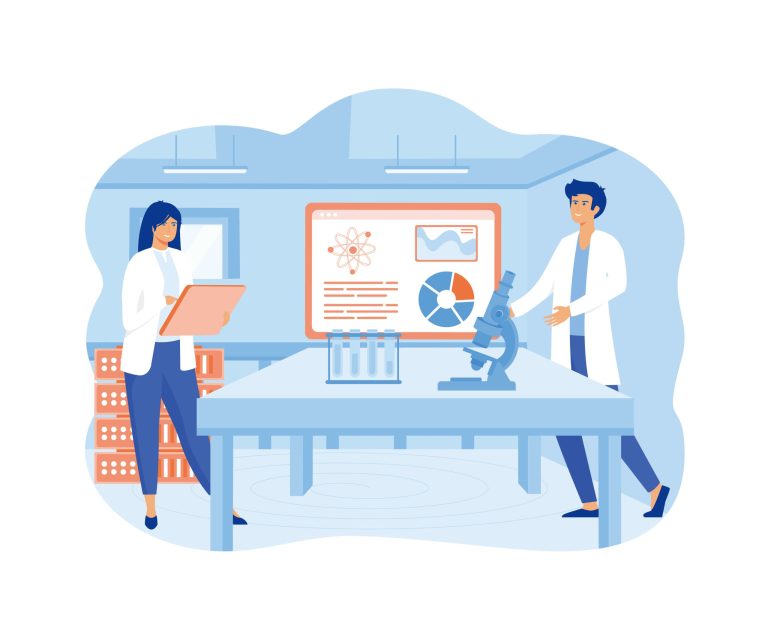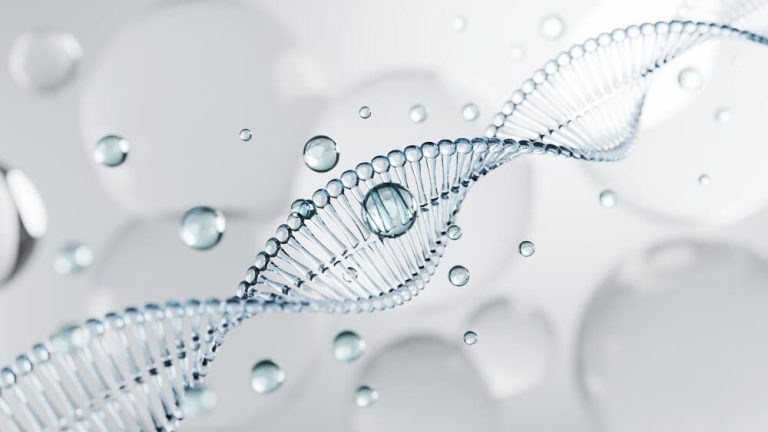Unlock Your Body’s Potential: A Guide to Hormone Training
Have you ever felt like you’re doing everything right with your fitness and diet, yet the results just aren’t showing up? You might be battling fatigue, stubborn weight, mood swings, or a general sense of being ‘off’. The culprit might not be your effort, but a hidden force working against you: your hormones.
Hormones are the powerful chemical messengers that conduct the entire orchestra of your body’s functions, from your metabolism and energy levels to your mood and sleep quality. When they’re in harmony, you feel vibrant and strong. When they’re out of sync, it can feel like an uphill battle. This is where a strategic approach becomes essential for long-term health and vitality.
Instead of just exercising harder, it’s time to exercise smarter. This is the core principle behind a revolutionary approach that aligns your physical activity with your body’s intricate endocrine system. By understanding how different types of movement, intensity, and timing affect your hormonal profile, you can transform your workouts from a potential stressor into a powerful tool for optimization. This is the essence of Hormone Training, a method designed to help you work with your body, not against it.

What Are the Main Hormones Influenced by Exercise?
To effectively train for hormonal balance, you first need to know the key players on the field. Your body produces over 50 different hormones, but a select few are particularly responsive to exercise, diet, and lifestyle choices. Understanding their roles is the first step toward taking control of your health.
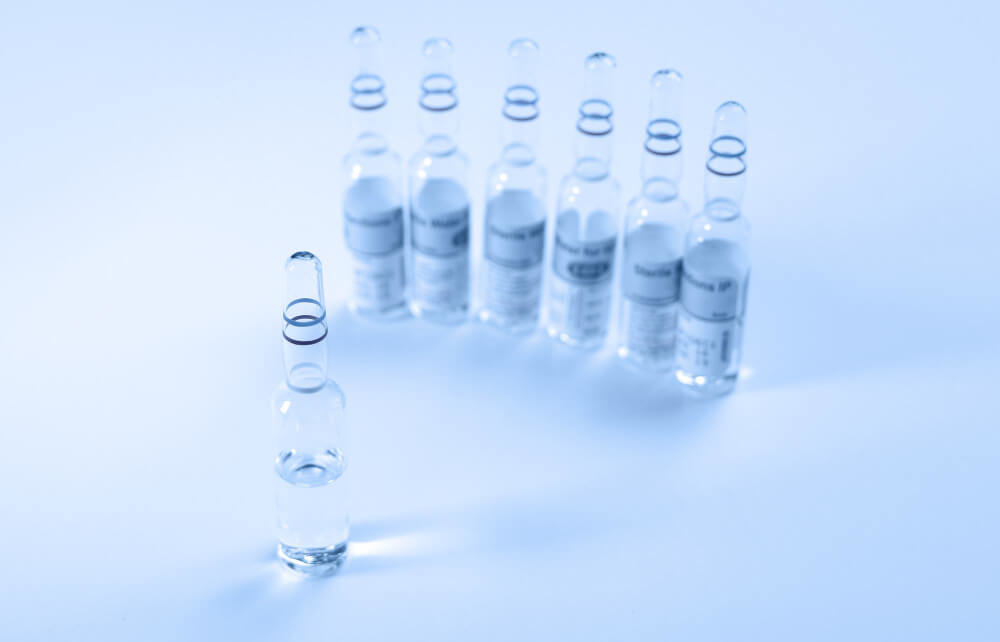
How does cortisol affect my body?
Often called the ‘stress hormone’, cortisol is released by your adrenal glands in response to any kind of stress, both physical and psychological. In short bursts, it’s beneficial. It helps you wake up in the morning and gives you the jolt of energy needed to handle a threat. However, chronic stress from work, poor sleep, or even overtraining can lead to persistently high cortisol levels. This can cause increased fat storage, particularly around the abdomen, anxiety, poor sleep, and a suppressed immune system.

What about insulin and blood sugar?
Insulin is a crucial hormone produced by the pancreas that helps your cells absorb glucose from the bloodstream for energy or storage. When you eat, especially carbohydrates, your blood sugar rises, and insulin is released to manage it. An imbalance, often leading to insulin resistance, means your cells stop responding properly to insulin. This forces your pancreas to work overtime, and it can lead to prediabetes, type 2 diabetes, and difficulty losing weight. Exercise is a potent tool for improving insulin sensitivity, helping your body use glucose more efficiently.
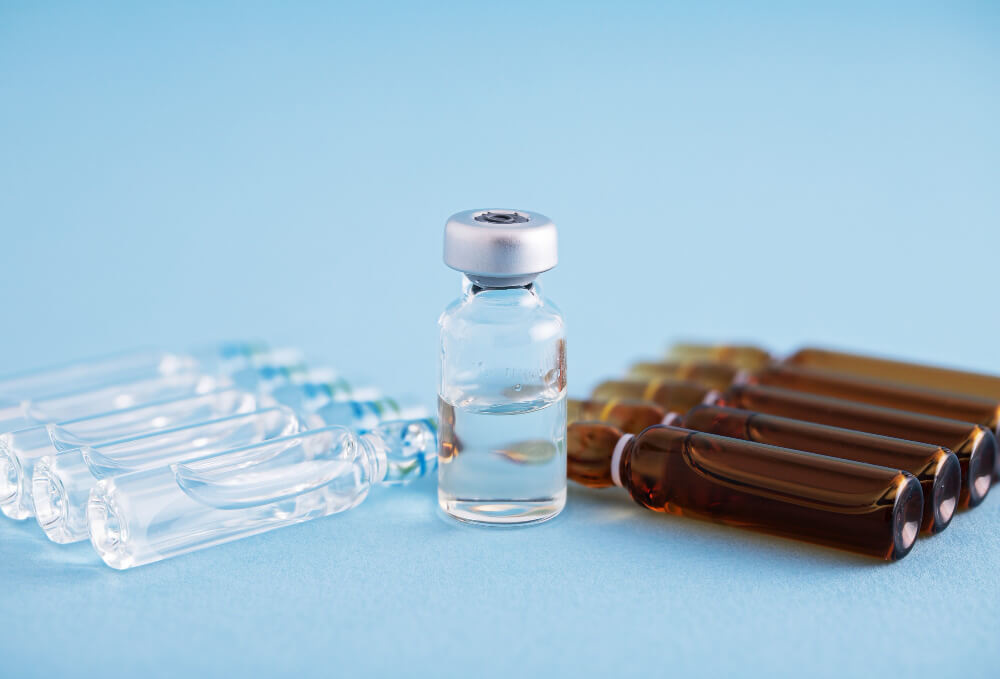
Why are growth hormone and testosterone important?
These are your primary anabolic, or ‘building’, hormones. Human Growth Hormone (HGH) is vital for cell repair, muscle growth, and maintaining healthy body composition. Testosterone, while known as the primary male sex hormone, is also crucial for women for muscle mass, bone density, and libido. Both of these hormones tend to decline with age, but certain types of exercise can significantly boost their natural production, helping you stay strong and lean.

What role do estrogen and progesterone play?
For women, estrogen and progesterone are the stars of the show, fluctuating throughout the menstrual cycle to regulate reproduction. Estrogen helps build uterine lining, maintain bone density, and affects mood, while progesterone is key for maintaining a pregnancy and has a calming effect. An imbalance between these two can lead to symptoms like PMS, heavy periods, and mood swings. Exercise can help regulate these hormones, but the type and intensity of exercise should ideally align with the different phases of the menstrual cycle for optimal benefit.
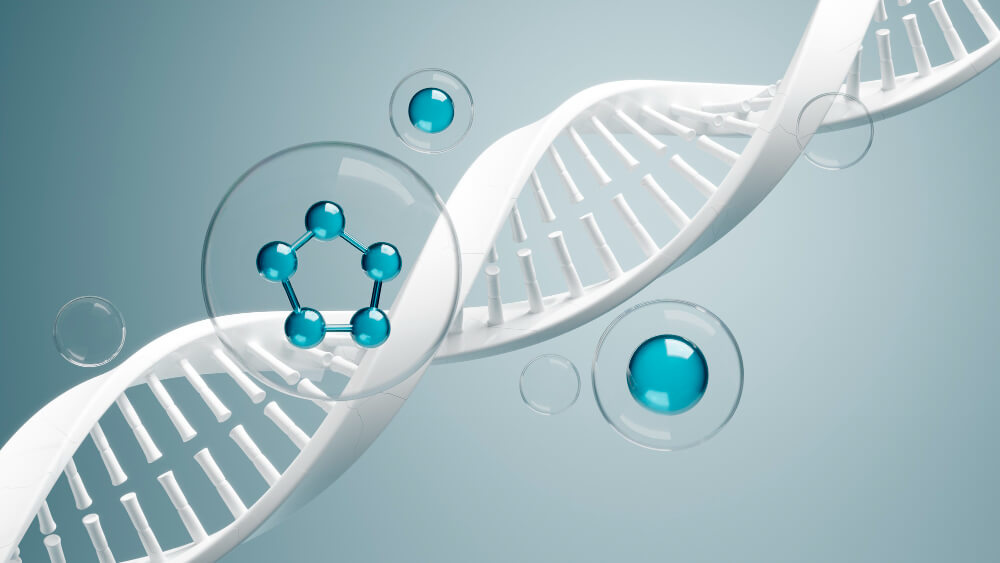
How do thyroid hormones fit in?
Your thyroid gland, located in your neck, produces hormones that regulate your metabolism. They control how quickly your body uses energy and are therefore fundamental to your weight, energy levels, and even your body temperature. If your thyroid is underactive (hypothyroidism), you might experience weight gain, fatigue, and cold intolerance. If it’s overactive (hyperthyroidism), you might have weight loss, anxiety, and a rapid heartbeat. While exercise can support thyroid function, overtraining can be a stressor that negatively impacts it.

How Can I Tailor My Workouts for Hormonal Balance?
Now that you understand the key hormones, you can start making strategic choices about your fitness routine. It’s not about finding one ‘perfect’ workout but about creating a balanced weekly schedule that sends the right signals to your body at the right times. This personalized approach is what makes hormone-focused training so effective.
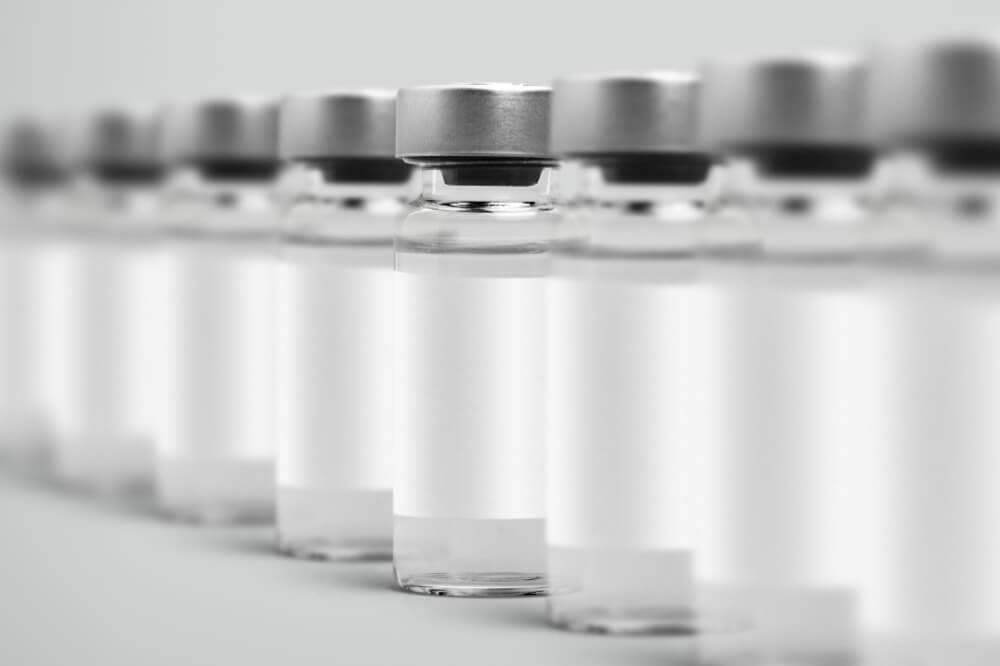
Why is workout timing so important?
Timing your workouts can have a profound impact on your hormonal response, especially concerning cortisol. Cortisol naturally peaks in the morning to help you wake up and then gradually declines throughout the day. For many people, this makes the morning an ideal time for more intense workouts like High-Intensity Interval Training (HIIT) or heavy strength training. You are essentially ‘riding the wave’ of your natural cortisol rhythm.
Conversely, performing a high-stress workout late at night can artificially spike your cortisol when it should be at its lowest. This can interfere with your body’s ability to produce melatonin, the sleep hormone, leading to difficulty falling asleep and poor-quality rest. For evening exercise, gentler activities like yoga, stretching, or a leisurely walk are often a better choice to promote relaxation and support a healthy sleep-wake cycle.
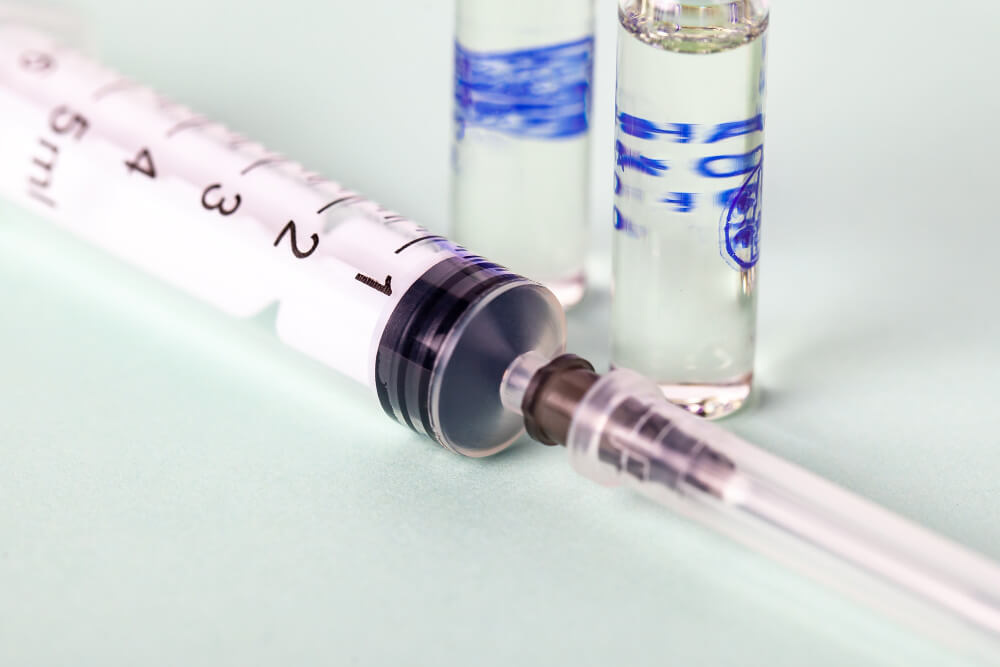
What’s the difference between high-intensity and low-intensity exercise?
High-intensity exercise, like sprinting or HIIT, places a significant but short-term stress on the body. This acute stress stimulates the release of beneficial hormones like HGH and testosterone, which are fantastic for building muscle and burning fat. The key is that the stress is short-lived, followed by a period of recovery where the body adapts and becomes stronger.
Low-intensity steady-state (LISS) exercise, such as walking, jogging, or cycling at a conversational pace, has a different effect. It’s less demanding on the body and can actually help lower cortisol levels. It improves cardiovascular health and insulin sensitivity without over-stressing the adrenal glands. A well-rounded fitness plan incorporates both HIIT for its powerful anabolic benefits and LISS for recovery and stress management.

How does strength training impact hormones?
Resistance or strength training is one of the most powerful tools for hormonal optimization. Lifting heavy weights, particularly with compound movements like squats, deadlifts, and bench presses that engage multiple large muscle groups, is a potent stimulus for your body to produce more testosterone and HGH. This is vital for maintaining and building lean muscle mass, which in turn boosts your metabolic rate.
This process is not just for bodybuilders; it is fundamental for healthy aging in both men and women. As we age, we naturally lose muscle mass in a process called sarcopenia. Strength training directly counters this. Furthermore, research consistently shows that a consistent lifting regimen is one of the best ways to how to increase testosterone naturally, which benefits energy, mood, and overall vitality.
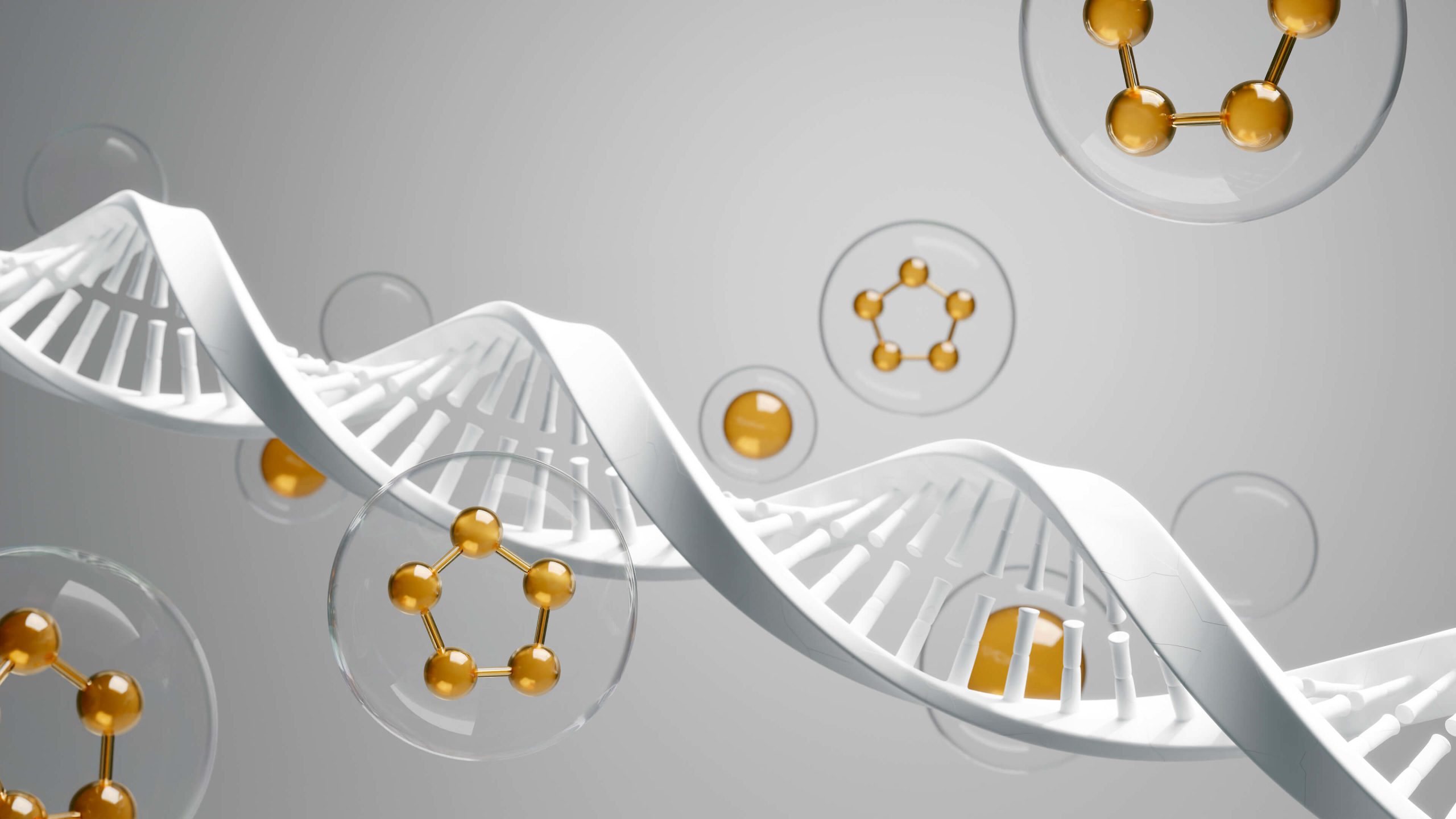
What about cardio for hormone health?
Cardiovascular exercise is essential for heart health, but its impact on hormones depends entirely on the type and duration. As mentioned, short bursts of intense cardio can boost growth hormones. On the other hand, moderate and consistent aerobic activity can be a fantastic way to manage stress.
Activities like brisk walking, jogging, or swimming help your body become more efficient at regulating stress hormones like adrenaline and cortisol. According to the Mayo Clinic, virtually any form of exercise and stress are linked, with physical activity boosting endorphins and improving mood. The danger lies in chronic cardio, such as running for hours every day, which can elevate cortisol for prolonged periods and lead to burnout and hormonal disruption.

Are There Gender-Specific Hormone Training Strategies?
While the fundamental principles of hormone training apply to everyone, men and women have different hormonal landscapes that benefit from tailored approaches. Recognizing these differences allows for an even more precise and effective fitness strategy.

What should men focus on?
For men, a primary goal of hormone training is often to support healthy testosterone levels while managing cortisol. This means prioritizing heavy, compound-lift strength training sessions two to four times per week. These sessions should be challenging but not excessively long; 45 to 60 minutes is often the sweet spot to maximize the anabolic response without tipping into a catabolic, cortisol-dominant state.
Incorporating a couple of HIIT sessions per week can further boost HGH and improve cardiovascular health. However, it’s equally important to schedule active recovery and low-intensity days to keep cortisol in check. Experts in the field of neurobiology and fitness often detail how to layer different types of exercise to achieve specific hormonal outcomes, and there are excellent resources for those wanting to dive deeper into using exercise to optimize hormones for peak performance and health.
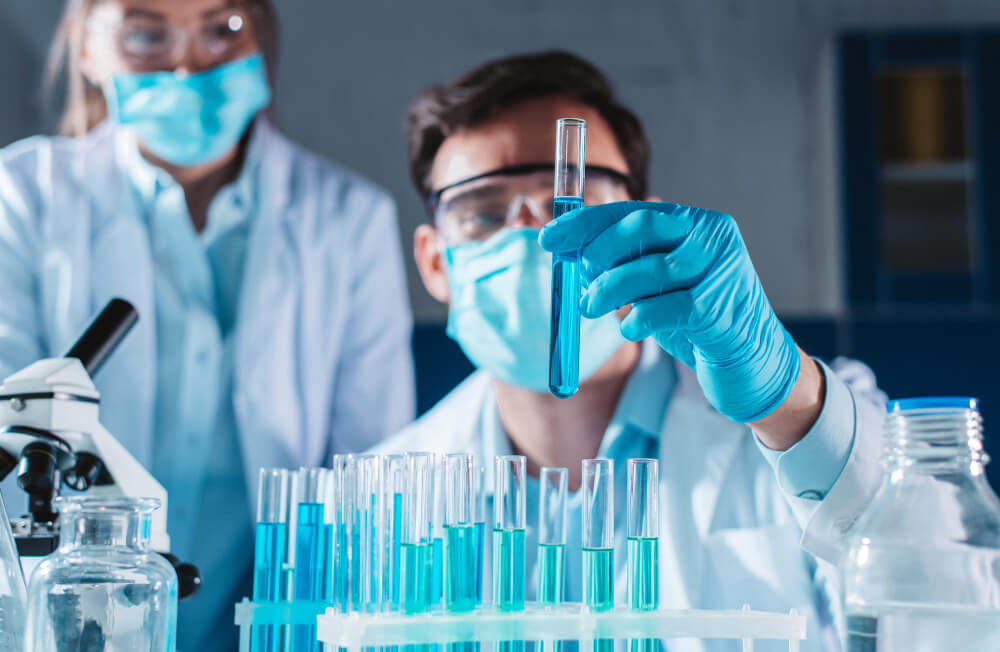
What should women consider with their menstrual cycle?
For women, the fluctuating landscape of estrogen and progesterone throughout the month provides a unique opportunity for ‘cycle syncing’ their workouts. This involves adjusting the type and intensity of exercise to match the hormonal profile of each phase of the menstrual cycle. This approach can help reduce PMS symptoms, optimize energy levels, and prevent burnout.
During the follicular phase (the week after your period), estrogen and testosterone begin to rise, leading to higher energy and strength. This is an ideal time for HIIT and heavy strength training. Around ovulation, when hormones are at their peak, you may feel your strongest and can push for personal bests. In the luteal phase (the week or so before your period), progesterone rises, and energy may dip. This is a good time to shift focus to moderate-intensity strength training and LISS cardio. Finally, during menstruation, when hormones are at their lowest, gentle movement like yoga, walking, and stretching is often best. Aligning exercise for hormonal balance with your cycle is a powerful way to honor your body’s natural rhythms.
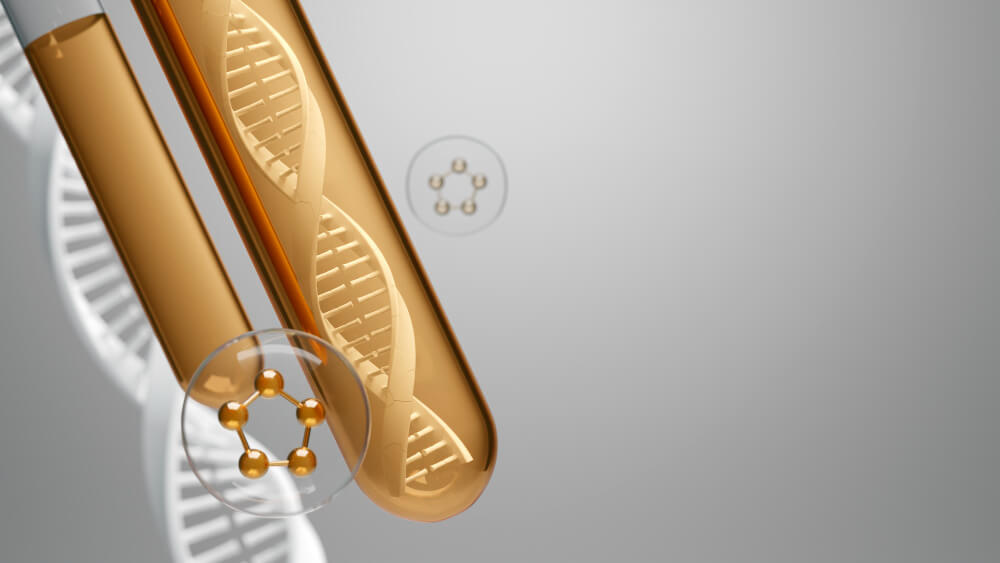
What Else Besides Exercise Affects My Hormones?
Exercise is a powerful lever for hormonal health, but it’s just one part of a much larger puzzle. To truly optimize your endocrine system, you must adopt a holistic approach that includes sleep, nutrition, and stress management. Neglecting these areas can easily undo all the hard work you put in at the gym.

How does sleep impact hormonal regulation?
Sleep is not a luxury; it is a biological necessity for hormonal balance. During deep sleep, your body performs critical repair work. It’s when your brain flushes out toxins, your muscles repair and grow, and your body releases a significant surge of HGH. At the same time, cortisol levels naturally drop to their lowest point, allowing your system to recover from the day’s stressors.
Skimping on sleep, even for one night, can disrupt this delicate balance. It blunts insulin sensitivity, increases cortisol the next day, and suppresses growth hormone release. Consistently poor sleep is a recipe for hormonal chaos, leading to sugar cravings, weight gain, and fatigue. Aiming for 7-9 hours of high-quality sleep per night is one of the most impactful things you can do for your hormones.
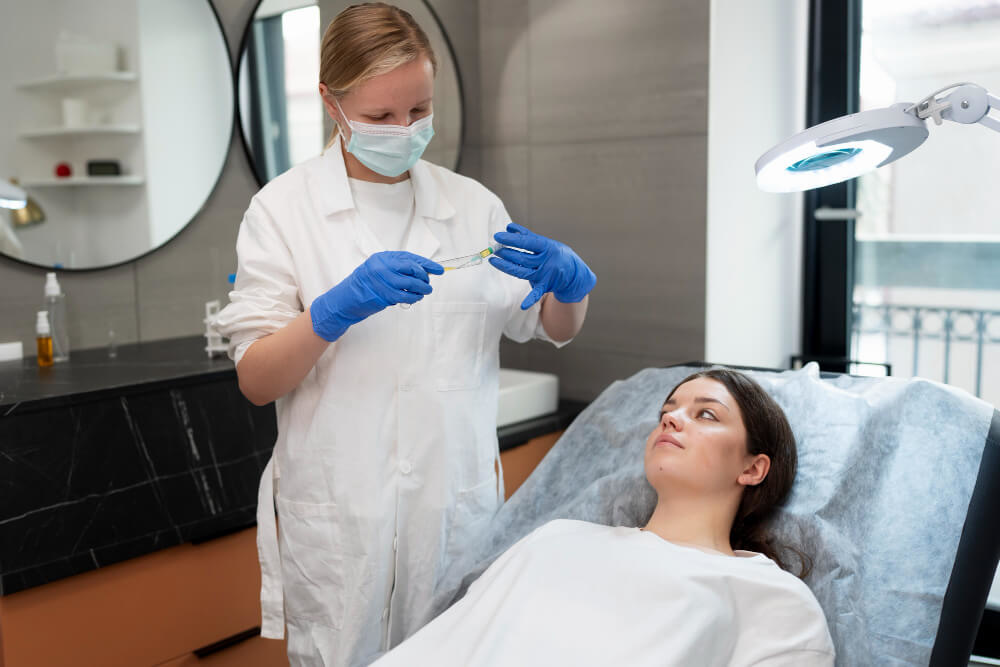
What is the connection between nutrition and hormones?
What you eat provides the fundamental building blocks for your hormones. Healthy fats are essential for producing sex hormones like testosterone and estrogen. Protein provides the amino acids needed for muscle repair and the creation of peptide hormones. A diet rich in micronutrients from fruits and vegetables helps support every enzymatic process in the body.
Managing blood sugar is also paramount. A diet high in refined carbohydrates and sugar sends your blood sugar on a rollercoaster, causing massive spikes and crashes in insulin. This can lead to inflammation and insulin resistance over time. Focusing on a balanced intake of protein, healthy fats, and fiber-rich carbohydrates at each meal helps stabilize blood sugar and, by extension, your insulin levels, promoting sustained energy and hormonal harmony.

Why is managing stress non-negotiable?
In our modern world, chronic stress is rampant, and it is a poison to your hormonal health. The constant activation of your ‘fight or flight’ response keeps cortisol levels perpetually high. This state, known as the ‘cortisol steal’, can divert resources away from producing other vital hormones, like progesterone and testosterone, to keep up with the demand for cortisol.
This is why stress management techniques are not optional extras but core components of any hormone training plan. Practices like meditation, deep breathing, spending time in nature, and engaging in hobbies can all help shift your nervous system into a ‘rest and digest’ state. For those with significant symptoms, understanding and managing adrenal dysfunction and cortisol levels in patients becomes a clinical priority, often requiring professional guidance to restore balance.
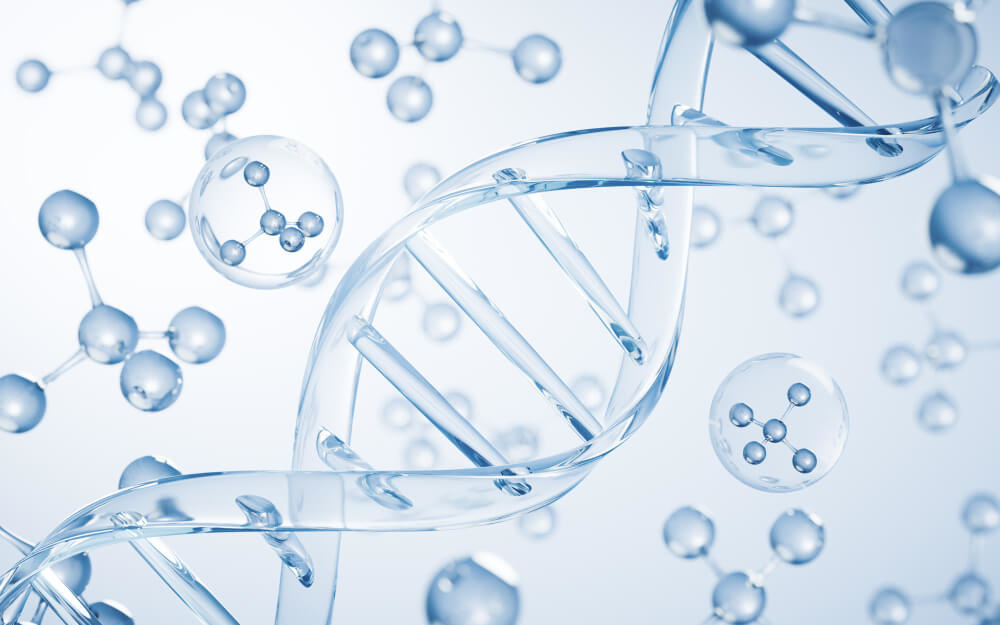
When Should I Seek Professional Guidance?
While you can make significant progress on your own by applying these principles, there are times when a DIY approach isn’t enough. If you have persistent symptoms like extreme fatigue, unexplained weight changes, severe mood issues, or diagnosed conditions like PCOS or thyroid disorders, working with a qualified professional is crucial.
A knowledgeable practitioner can order comprehensive hormone testing to get a clear picture of your unique physiology, moving beyond guesswork to data-driven solutions. They can help you interpret the results and create a highly personalized protocol that integrates exercise, nutrition, and targeted supplementation. For healthcare professionals interested in this field, understanding how to become a hormone specialist is the first step toward providing this advanced level of care to clients and patients seeking to optimize their health.
Different medical philosophies may approach hormonal health from various angles. It’s beneficial to understand the nuances between these disciplines to find the right fit for your health goals. Exploring the distinctions between approaches like functional medicine vs longevity medicine training can illuminate how practitioners focus on root-cause resolution and healthspan optimization, respectively. A trained expert can guide you through the complexities and ensure you’re on the safest and most effective path to balance.
Hormone training is about more than just looking better; it’s about feeling better from the inside out. It’s about reclaiming your energy, stabilizing your mood, and building a resilient body that can thrive for decades to come. By listening to your body and making intelligent choices, you can harness the power of your hormones and unlock your true potential.
Frequently Asked Questions

How do these CME courses prepare me to manage complex patient cases beyond basic HRT protocols?
A high-quality hormone replacement therapy CME course moves beyond foundational knowledge to focus on clinical nuances and complex scenarios. You will learn to manage patients with comorbidities, such as a history of cardiovascular disease, clotting disorders, or hormone-sensitive cancers, by understanding risk-benefit analysis in these specific populations. The curriculum often includes advanced modules on interpreting comprehensive lab panels and adjusting therapies based on subtle clinical and biochemical feedback.
Furthermore, these courses emphasize practical skills through the use of interactive case studies and problem-based learning. This allows you to practice troubleshooting common issues like managing side effects, addressing patient non-response to initial therapy, and navigating the use of different delivery methods like pellets, creams, or patches. This prepares you to create highly individualized treatment plans rather than relying on a one-size-fits-all approach.
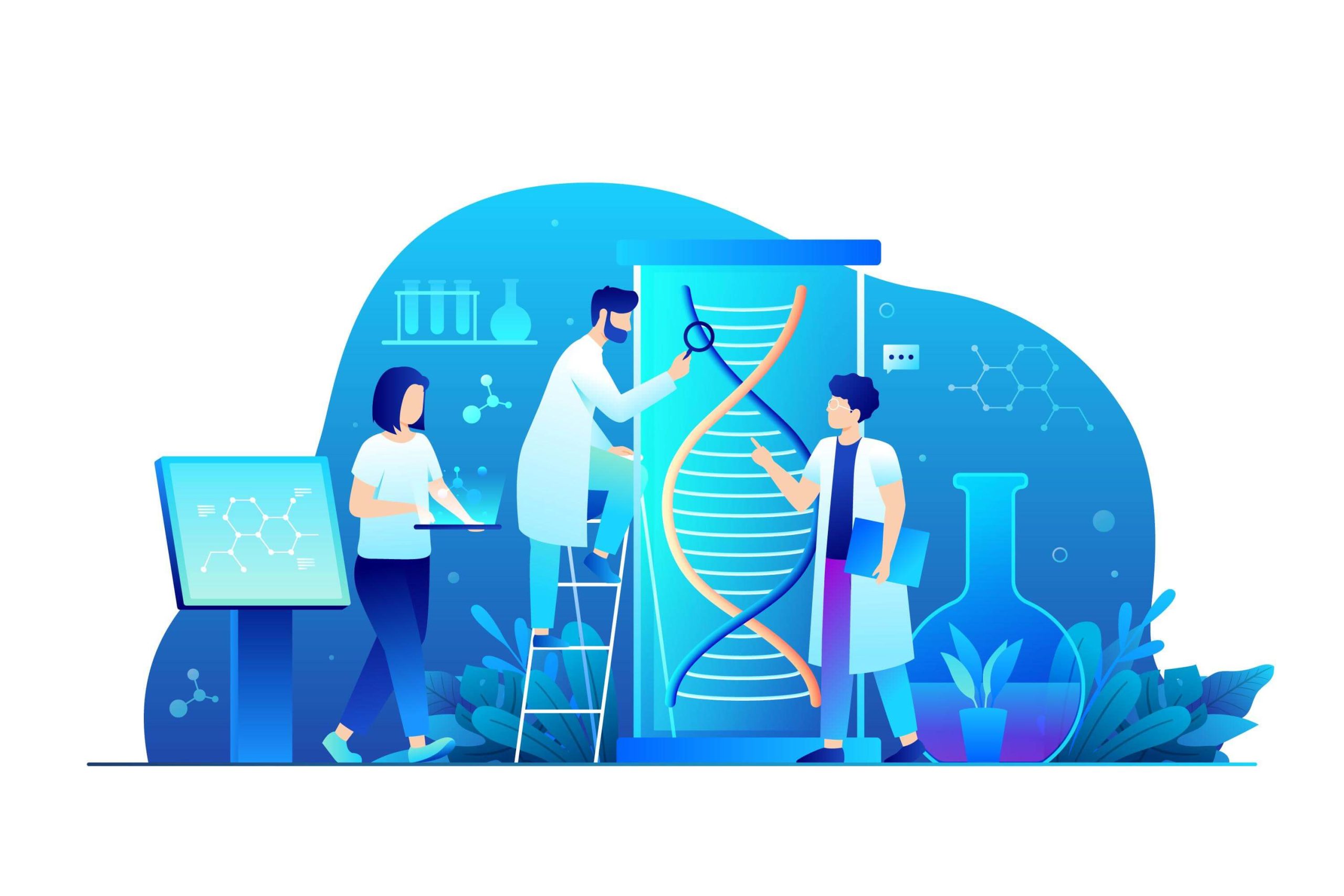
What is the difference between AMA PRA Category 1 Credits™ and other types of CME, and why is it important for HRT training?
AMA PRA Category 1 Credits™ are considered the gold standard in medical education and are recognized by most state licensing boards, specialty boards, and credentialing bodies. These credits are awarded for activities that have been certified to meet rigorous standards for being evidence-based, well-designed, and free from commercial bias. This ensures the educational content you receive is objective and based on the latest scientific research.
For a rapidly evolving field like hormone replacement therapy, this distinction is critical. Category 1 accreditation guarantees that the course content on topics like bioidentical hormones, long-term safety data, and new therapeutic options is current and scientifically valid. This protects both you and your patients by ensuring your clinical decisions are based on trustworthy, high-caliber education rather than on marketing claims or outdated information.

After completing an HRT CME course, what are the next steps to integrate this specialty into my practice?
Upon completion, the first step is to translate your new knowledge into clinical protocols for your practice. This involves developing standardized intake forms specific to hormone health, creating patient education materials explaining the risks and benefits of therapy, and establishing a clear process for initial consultations and lab work. You can also begin reviewing your current patient roster to identify individuals who may be appropriate candidates for HRT evaluation.
The next phase involves the logistical and business aspects of offering a new service. Update your practice’s website and marketing materials to clearly state that you offer specialized hormone replacement therapy services. It is also crucial to establish relationships with reliable compounding pharmacies and to create a structured follow-up system to monitor patient progress, adjust dosages, and ensure long-term safety and efficacy.
Ready to elevate your practice and master the art and science of hormonal health? Talking Longevity offers the key. Discover the most comprehensive functional medicine training, longevity training, and biohacking certification programs designed specifically for healthcare professionals, medics, and clinic owners who want to master regenerative medicine protocols and anti-aging therapies.

